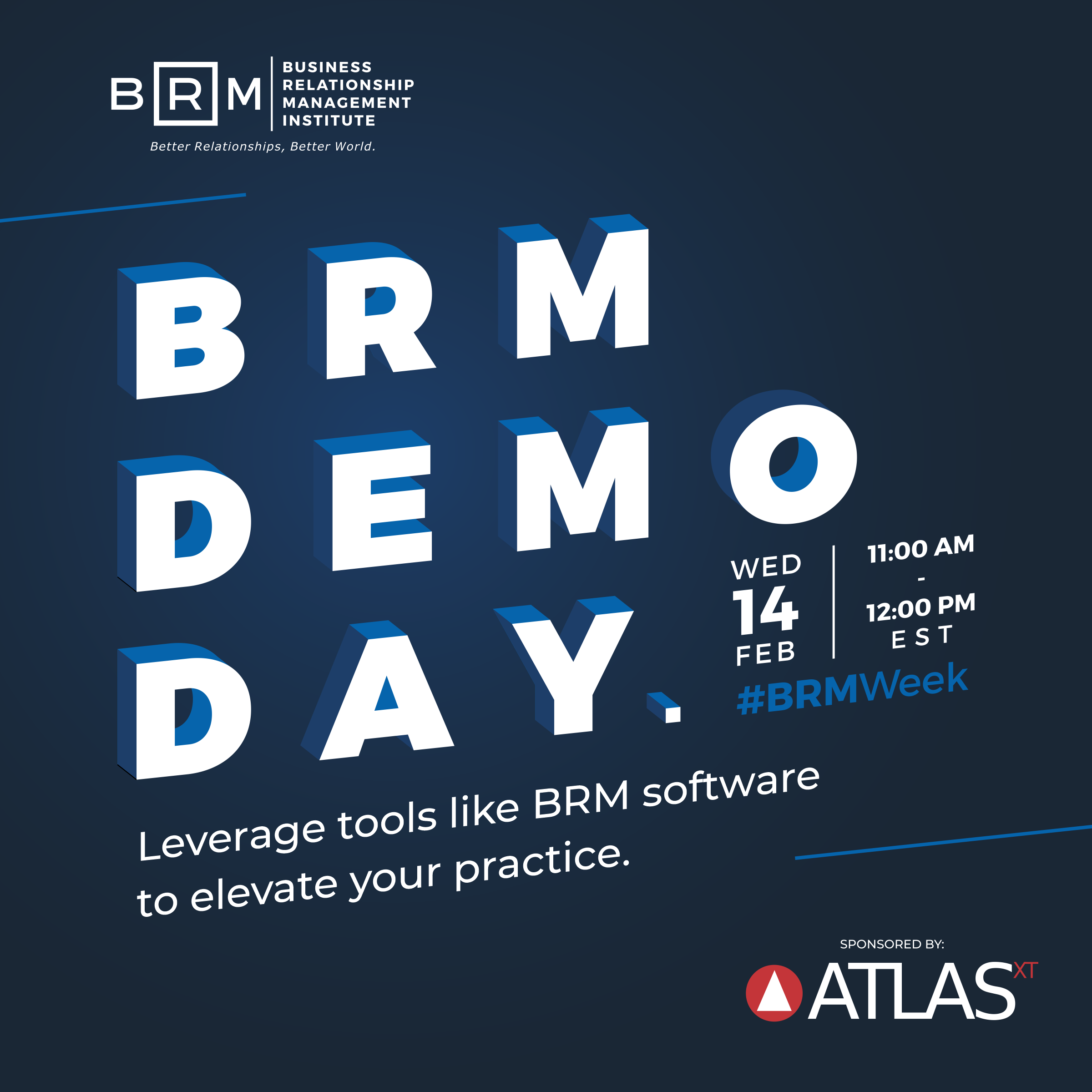Measuring the Value of Business Relationship Management

All of us want to be appreciated. Gratitude is something we all seek and is a vital and necessary part of a healthy life.
When we serve, sacrifice, or contribute, a desire or need for appreciation is natural. This is true in our personal lives and in our professional lives. Appreciation is a necessary recognition that drives, motivates, and fulfills at work. However, appreciation alone is not enough.
Several years ago, I had a brief but telling conversation with Michael Jackson. He was working on his Thriller album at the time and was excited about the buzz. This was enlightening because he was obviously not as happy or content as I imagined he would be. He said that life in the industry was very hard, and he didn’t feel he was providing anything of substance. At the time, I couldn’t understand why any person with his success would be discouraged about anything. He recognized the fact that he sold a lot of records, and he was successful monetarily. But that was not what he valued most. He indicated that the accolades, recognition. and appreciation were rewarding, but not enough. He wanted to “make a difference.” Love him or hate him, I thought he was on to something.
To make a difference in any organization, a BRM needs more than appreciation. A BRM must be valued. While appreciation is tied to recognition of worth, to be valued is to be considered or rated highly. I have worked with many BRMs who have worked very hard to serve their business partners but have not provided value. For their work and sacrifice, appreciation was plenty.
But that does not necessarily mean their work and sacrifice brought value to the organization. If the BRM does not provide value, eventually they will fill other roles as needed. We all want to be appreciated. However, to be truly successful as a BRM, we all must provide value.

To illustrate this, let me tell you about an experience I had as a young BRM. Business Relationship Management was just introduced to the healthcare organization I was working at. I was one of three BRMs in this newly founded office. At the time, the leadership in the organization were not familiar with the discipline. What they knew and understood was very elementary. Our role as new BRMs was to meet with our partners, educate them and find success as quickly as possible. Of course, I was very excited and confident we were going to find success that would elicit appreciation and gratitude. We would quickly become saviors and would come in and save the day.
The first few weeks were very exciting, and I received a lot of pats on the back and expressions of gratitude. I was quite sure I was making a significant difference for my partners. Then reality hit. In one of my regularly scheduled service reviews with my business partner executive, I was taught that hard work does not necessarily result in value added. As I sat at the table discussing all the good things I had been orchestrating, my partner stopped me and said, “Kimball, we do not need a hero!” As you can imagine, this stopped me in my tracks. What did she mean? Was I not working hard to understand their needs and aligning their strategy with IT? She then said, “Don’t get me wrong, we have really appreciated your hard work and efforts. But that’s not what we need right now. We don’t need someone to come in and save us from our perceived struggles. We need someone who will come in and help us with what we actually need.” This was a lightbulb moment for me. My value to my partners should never be measured by the measuring stick I create. It should not be measured by the compliments and gratitude given alone. My success as a BRM should always be defined by my business partners. Reality is, they determine my value. This can also be a challenge for the BRM, and it is easier said than done.
We all know that communication is receiver centered. We are not really communicating unless the receiver understands what the sender is intending. Similarly, regarding BRM value add, value is determined by the recipient. Even though $100 has the same monetary value regardless of where it is spent, $100 means something different to each person dependent upon personal variables.
For the BRM, value should be defined and measured by the business partner. However, these definitions and measurements should also be discussed, debated, and agreed upon by the BRM. This will provide the blueprint and road map for BRM success. These discussions should be held early in the assignment and should be part of the BRM/partner discovery. Review of these values and measurements should occur regularly and will play a vital role in the development of trust in relationships. The BRM Maturity Model is a very good template for BRM goals, objectives, and measurements. Using this model to collaboratively define goals and measurements is a good way to build trust as well as measure BRM value.
The frequency of these reviews is a key to success. The BRM must find ways to broadcast value, capture KPI’s regularly and make them available to their partners. Using dashboards, a BRM can find ways to show strategy alignment, sequence monitoring and other relevant KPIs. Using this data regularly and making this data easily accessible is a must for the BRM. This is a lot of work, but necessary. Gathering all the needed data that is currently dispersed throughout several solutions is time consuming, but necessary.
Currently, there is no software in the market designed specifically for the BRM to demonstrate and show value. However, there is new software currently being developed that is designed specifically for the BRM. It is called AtlasXT. Ideation, strategy alignment, robust executive dashboards and BRM value measurement are just a few of the known functionalities. To learn more about AtlasXT, please attend BRM Week, February 11-14 where this software will be demonstrated.

